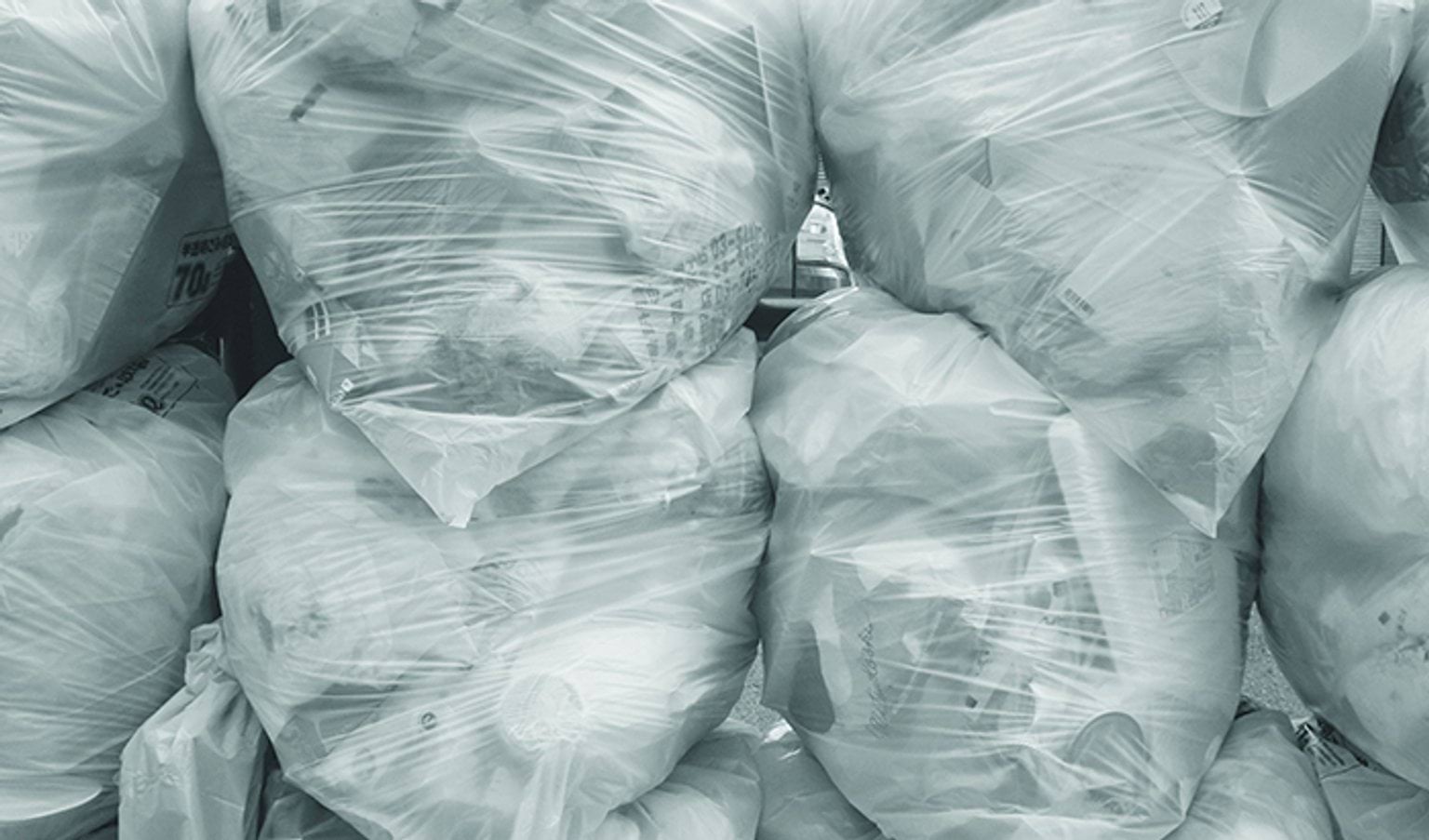- Published:
- Wednesday 30 June 2021 at 5:08 pm

A new waste management scheme comes into effect on 1 July 2021 by amendment to the Environment Protection Act 2017 (EP Act). The new scheme is intended to improve management of high-risk waste, including by strengthening the powers of the Environment Protection Authority (EPA). The proposed Environment Protection Regulations (Regulations) will supplement the EP Act with a framework of detailed regulation.
The EP Act creates particular duties for persons 'in management and control' of waste, such as businesses that generate, transport or receive industrial waste.[1] The Regulations set out how the duties in the EP Act will be met by duty holders.
The new scheme creates a three step process for managing industrial waste:
- first, classification of the waste;
- second, the safe transportation of the waste; and
- third, transportation of the waste to a lawful place.
Classifying the waste
All waste will now be pre-classified to determine what type of industrial waste it is, and in turn, how it should be managed.
There are 3 waste classifications under the EP Act, based on the levels of potential risk and hazard of each:
- Industrial waste is the broad catch-all for all waste, which includes waste arising from commercial, industrial or trade activities and household waste once gathered at a waste facility.[2]
- Priority waste is industrial waste that, due to its higher level of hazard, potential to be mismanaged, or in order to encourage resource recovery or efficiency, requires additional controls.[3]
- Reportable priority waste is industrial waste that requires the highest level of controls, and is a classification reserved for waste types with the highest levels of risk. Controls for reportable priority waste may include reporting requirements when the waste is exchanged, and controls for transportation of the waste only by permitted vehicles.[4]
The waste classifications are cumulative, so each category accumulates the duties and obligations associated with waste in the previous category. For example, management of 'reportable priority waste' is subject to its own controls, and also the controls on 'priority waste' and 'industrial waste'.
In Schedule 5 of the Regulations, many waste types are 'pre-classified' or will be classified in the 'waste classification assessment protocol' on the EPA website. If the waste is not classified in Schedule 5 or on the EPA website, it will be necessary to seek an EPA designation.
'Priority waste' that is destined for landfill and contaminated soils both fall into additional categories, based on their risk profiles. These categories, which guide management and disposal of the waste, are Categories A, B, C and D, 'Soil containing asbestos only' and 'fill material'.[5]
Transporting the waste safely
There are new duties for persons 'in management and control' of waste relating to the safe and lawful transportation of waste.[2]
For example:
- persons must inform the EPA whenever a 'reportable priority waste' is exchanged using the new EPA electronic waste tracker
- 'reportable priority waste' can only be transported with an EPA permission, such as a vehicle permit.
Transporting the waste to an approved location
The scheme requires that industrial waste be transported to places that are lawfully able to receive that waste. Persons transporting, depositing or receiving industrial waste must take all reasonable steps to ensure it arrives at an approved location.
A receiver of industrial waste can be considered an approved location by obtaining one of 3 permissions (Licences, Permits or Registrations) or making a Declaration of Use.
- Licences will be required for the riskiest, most complex waste management activities.[7]
- Permits will be required for waste activities that pose a moderate level of risk and for waste management activities that are less complex than those needing licences.[8]
- Registrations will be required for low-moderate risk waste activities that do not require a higher level of controlled management.[9] Obtaining a registration will also be less burdensome than a licence or permit.
- EPA Determinations will provide for receipt of specific types of industrial waste provided the requirements in the applicable determination are met.[10]
- Declarations of Use will be used to support safe management of lower risk waste, but through a different mechanism in which the person who has the management or control of industrial waste makes a short self-assessment which describes the waste, assesses its risks and identifies a legitimate use.[11] A Declaration of Use can only be made in relation to 'industrial waste' or 'priority waste', but not 'reportable priority waste'. Normally, the Declaration of Use will be a short statement of a couple of pages in length, and will be valid for up to 12 months.
Contact our team
Alison O'Brien
Assistant Victorian Government Solicitor
Sophie Miller
Special Counsel
Mark Egan
Special Counsel
Footnotes
[1] EP Act, ss 133-135.
[2] EP Act, s 3(1); Regulations, rr 60-62.
[3] EP Act, s 138; Regulations, r 65.
[4] EP Act, ss 142-143; Regulations, rr 71-72.
[5] EP Act, s 139(1); Regulations, rr 67-68.
[6] EP Act, ss 142-143; Regulations, rr 73-92.
[7] EP Act, Part 4.4; Regulations, rr 22-24.
[8] EP Act, Part 4.5; Regulations, rr 25-35.
[9] EP Act, Part 4.6; Regulations, r 36.
[10] Regulations, rr 5, 63(b).
[11] Regulations, r 64.
Updated

